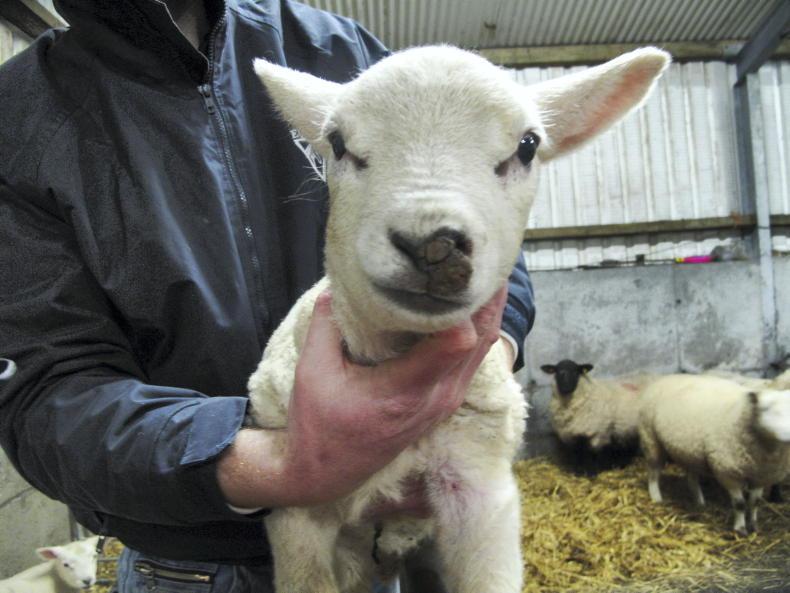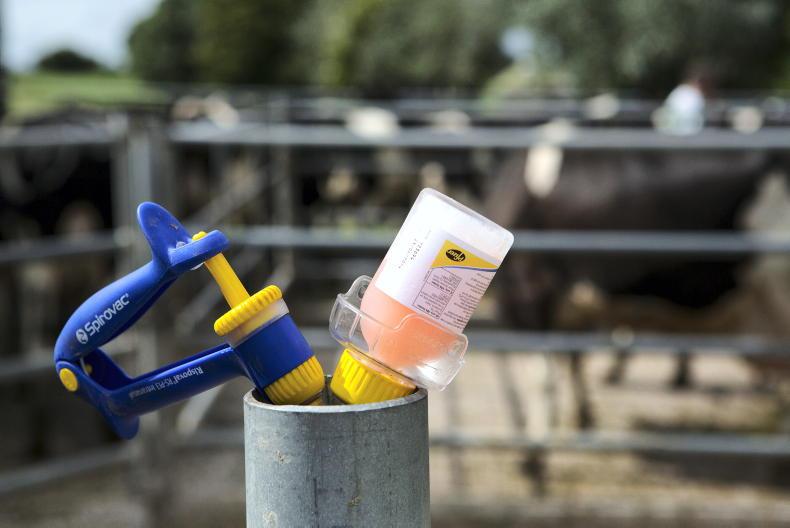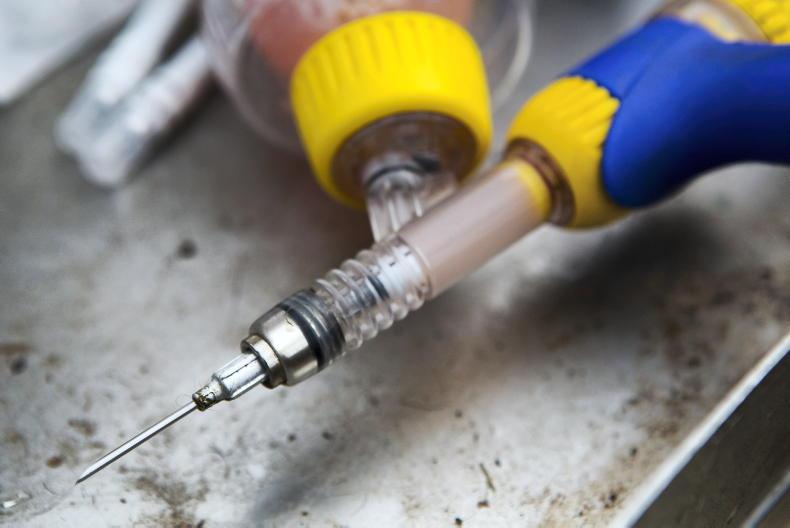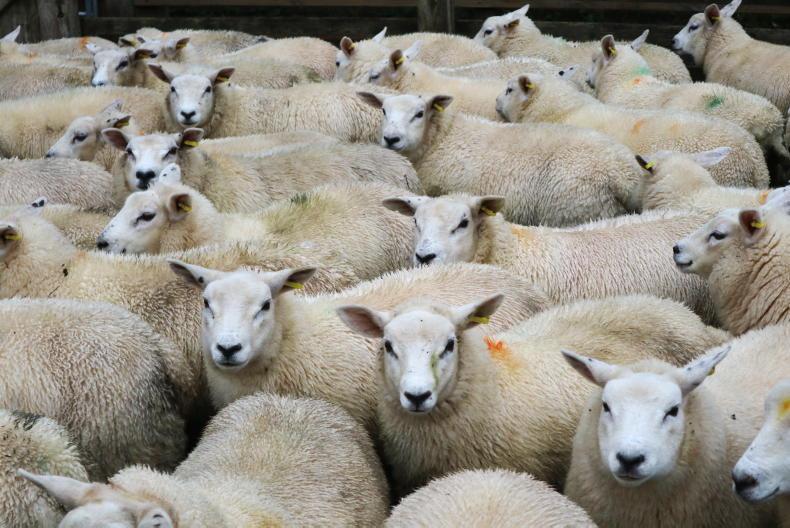There is good news for farmers in an orf vaccination programme or whose sheep may be challenged from the virus in the future, with a vaccine currently making its way to market.
Zoetis Animal Health reports that Scabigard is currently being dispensed to veterinary practitioners and should be available for farmers to purchase next week.
The vaccine is a like-for-like replacement to the previous orf vaccine Scabivax and possesses the same properties.
Scabigard is a live vaccine and works by inducing immunity via the production of a mild, controlled form of the disease via a single scratch application of the product.
Vaccination process
The product comes in a 1ml volume and an applicator dispenses 0.02ml, equating to 50 doses per pack.
Lambs can be vaccinated from birth and Zoetis states that immunity will develop in about two weeks and will provide more than 12 months of protection.
Sheep must be scratched on a bare area of skin and the recommendation is on the side of the brisket or inside of the foreleg.
The vaccine is applied via an applicator which can also be purchased from your vet or, alternatively, the Scabivax Forte applicator will also dispense the product.
The reusable applicator should be primed until a drop of vaccine is deposited on the applicator tip.
It is recommended to hold the applicator at a 45-degree angle to the skin and with both applicator prongs touching the skin to make a single scratch 4cm to 5cm in length on the bare skin.
A sample of sheep can be examined after a week to ensure the vaccine has taken. A successful vaccination should lead to a line of pustules (lesions) being visible along the scratch line.
A failure to ‘take’ can be due to inadequate vaccination technique, improper handling of the vaccine resulting in loss of potency or additionally where sheep are already immune.
Re-vaccination should be considered where it is not plausible that sheep may have already developed immunity.
The vaccine is safe to use at all stages of gestation, but Zoetis recommends that vaccination should be completed at least six to eight weeks prior to the expected lambing date.
Vaccination should not be used where there is no history of the virus in the flock. There is a zero withdrawal period with the vaccine.
Handling advice
As with any vaccine, handling and storage is important. The advice is to refrigerate between 2C and 8C, taking care not to freeze it.
It is recommended to use the vaccine on the day of opening and to discard any vaccine not used. This is because “bacteria and/or fungi may contaminate the vaccine during use, multiply during storage and cause unwanted infections and/or reduce vaccine efficacy".
Orf is a zoonotic disease, meaning humans can also contract the virus.
As such, it is advised to wear gloves when administering the vaccine and also to avoid subsequent contact with the application site. Accidental self-injection will typically trigger an inflammatory response and medical advice should be sought in the case of deep injection.









SHARING OPTIONS